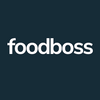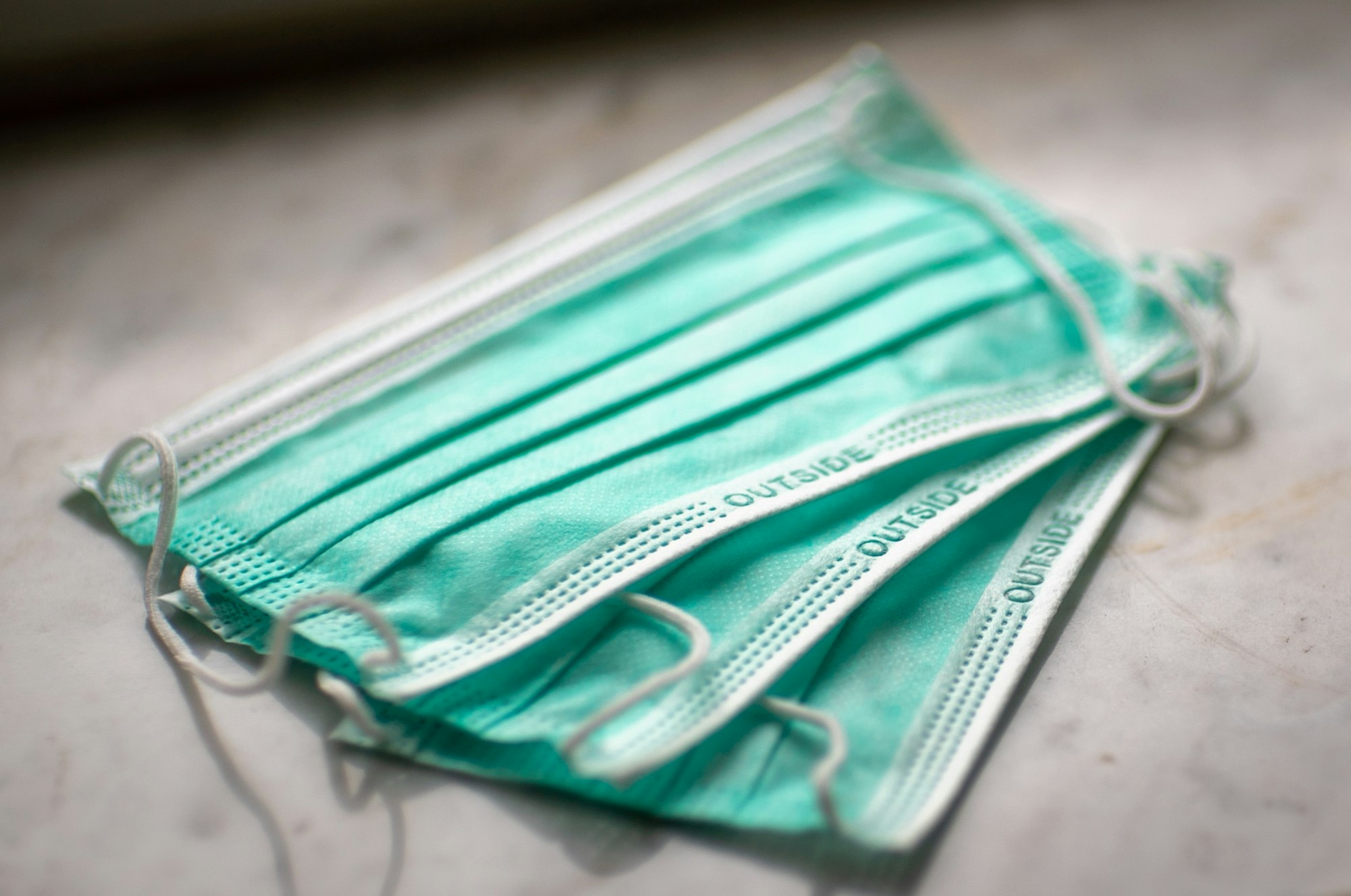The lockdown regulations are now being relaxed in several states, but the damage caused by the pandemic has brought restaurant sales down to 80%.
Nevertheless, as states are relaxing lockdown regulations, restaurants and eateries are now opening doors. The pros and cons of reopening restaurants purely differ from the brand and the circumstance, but however, the goal is the same - keep employees and customers safe.
The National Restaurant Association and FDA have circulated clear instructions on reopening restaurants to provide a framework for best practices and to keep their operations safe to curb the spread of the virus.
Having said that, what will be the best practices for maximizing the safety of your employees and staff for reopening the restaurants?
7 ways to maximize the safety of your staff and customers for safe operations
#1 Switch to digital menus
Around 33% of people say they are worried about touching things that others have touched. One of the primary concerns of customers and employees is being exposed to the virus by touching surfaces.
Paper menus, including disposable menus, are not only a hotbed for the virus to reside but they are also not cost-effective. The hassle of replacing menus after every use is unimaginable.
The best alternative to disposable menus is leveraging contactless technology such as QR Code menus. QR Codes can be scanned using the camera of the smartphone and do not require a third-party app installation.
Photo by Beaconstac
Restaurants and eateries can replace paper menus with QR Code menus and upload the entire menu in a PDF format. Display pictures of your popular dishes, chef’s specialty, and even offer a discount for ordering the food via the QR Code menu.
QR Code menus can be scanned by customers when they visit your restaurant, which can then alert the staff about an incoming order in the same gateway to complete the order.
This not only minimizes customers and employees from coming in contact with one another, but it also helps restaurants deliver and manage orders on time.
#2 Offer contactless deliveries and takeaways
According to Google Trends, the term “take out” has increased 285% since the start of March. As a result of national lockdown, take out and delivery searches have peaked.
The term “Is food delivery safe?” has also spiked to 650% across the US.
More than choosing where and what to eat, food safety has taken the front seat now. Reassuring your customers that the given guidelines are followed religiously to address the current situation is key.
Several restaurants and eateries such as McDonald’s and Subway have already switched to contactless deliveries on the curbside or dropping the package off on a clean surface for the customer to pick it up.
With most restaurants switching to grab-and-go, customers need to be assured of the safety precautions they follow. Place an NFC tag in the delivery area or on the container of the food, and upon tapping it, the customer can be shown the methods and precautions taken by the restaurant.
#3 Be transparent about the hygiene practices carried out
Follow the mandatory rules as instructed by the NRA and FDA, which includes sanitizing the premises of the restaurant, takeout counters, kitchen, shelves, and the POS on a regular basis.
In addition, make sure your employees are equipped with the right gear to serve their customers and also, help them be safe with regular temperature checks and minimizing contact with one another as much as possible.
To ease out the process, update your website or restaurant app consistently for customers and employees to view the database on a regular basis. This not only instills a sense of trust, but it also shows that human value trumps revenue.
Proactively communicating changes that affect your restaurant will be crucial in helping people plan and prepare.
#4 Facilitate contact tracing to keep your restaurant safe
Contact tracing is vital in our fight against the pandemic.
Collecting a customer or an employee’s recent travel history and their symptoms will help the restaurant curb the virus from a susceptible outbreak.
Contactless solutions like QR Codes are best suited for contact tracing.
Place QR Codes at the entrance of your restaurant, have your employees and customers scan the QR Code to be directed to a questionnaire that shows them their health status based on their inputs.
If a customer or an employee shows any symptoms based on their answer, refer them to the closest test center. If not, allow them to enter. Employers can also use this as a database to help the local government in tracing any possible infection.
Contact tracing can be used to filter visitors, collect databases, trace their recent travels, and assess possible risks based on your staff and customers’ input to keep your restaurant safe.
#5 Limit the number of employees
As much as it is important to keep productivity rates high during restaurant operations, it is equally important to maintain social distancing as well. Crowding your restaurant with the maximum staff is the last thing you want.
Divide your staff into two or three batches and insist on a rotation shift duty that is spread equally across a business day. Make sure the employees follow a strict schedule with timings and safety precautions.
In addition to this, also get rid of any POS or biometric machines that involve employees coming in contact with one another. Make use of a contactless tool using facial recognition to log in their timings, hours of duty, and daily temperature check-ins. Store them all in a single database to change, edit, and track the log on a regular basis.
#6 Contactless payment
Contactless payment via NFC and QR Codes have been seeing a massive surge ever since the pandemic began creating.
It has become a top priority for all industry sectors and customers because they are not only safe but also avoids coming in contact with the touch induced POS.
Instead of sticking to traditional cash and card check-out, switch to contactless payments with contactless credit cards, NFC tags or QR Codes.
Photo by Finder.com
Embed an NFC tag or a QR Code on the table, allow customers to scan or tap it to place the order, and complete the transaction by allowing them to pay for the order at the same time.
This is not only hassle-free but also promotes safety. Employees or customers do not have to come in contact with one another to collect the payment. The payment received can be monitored remotely too, and this also ensures that the transactions are safe.
Apple Pay, Google Pay, Venmo, and PayPal are some of the companies that offer contactless payments.
#7 Install low-cost partitions for maximum safety
Places such as Paris and Milan have already switched to temporary low-cost partitions to ensure maximum safety.
These partitions are nothing but clear plastic dividers called Plexiglass that helps restaurants to follow social distancing and also, offer dining experience at the same time.
Customers can sit across each other on a table with plexiglass in place and enjoy a meal together while following social distancing. They are sterile, easily cleanable, and replaceable.
Contactless or touch-free will be the new way going forward in the post-COVID world
Restaurants and eateries have gradually but steadily picked up to change their business models to offer convenient and safe solutions for their customers. According to Google Trends, searches for “food safety” and “food delivery” have skyrocketed by 113% and 650% respectively sparking an increase in the trend.
Customer behavior has changed and certain shifts are here to stay long after the pandemic. Nearly 80% of people said they plan to use curbside pickups even after post-COVID restrictions are lifted.
Thus, it is safe to say that contactless solutions will be the new way of going forward in the post-COVID world.
About the Author:
Apoorva Hegde is a Content Marketer at MobStac. Apart from writing articles and blog posts related to QR Codes, she enjoys simple pleasures of life like going on long walks with her dog, eating carbs all day, and falling into a Netflix watch-loop.

